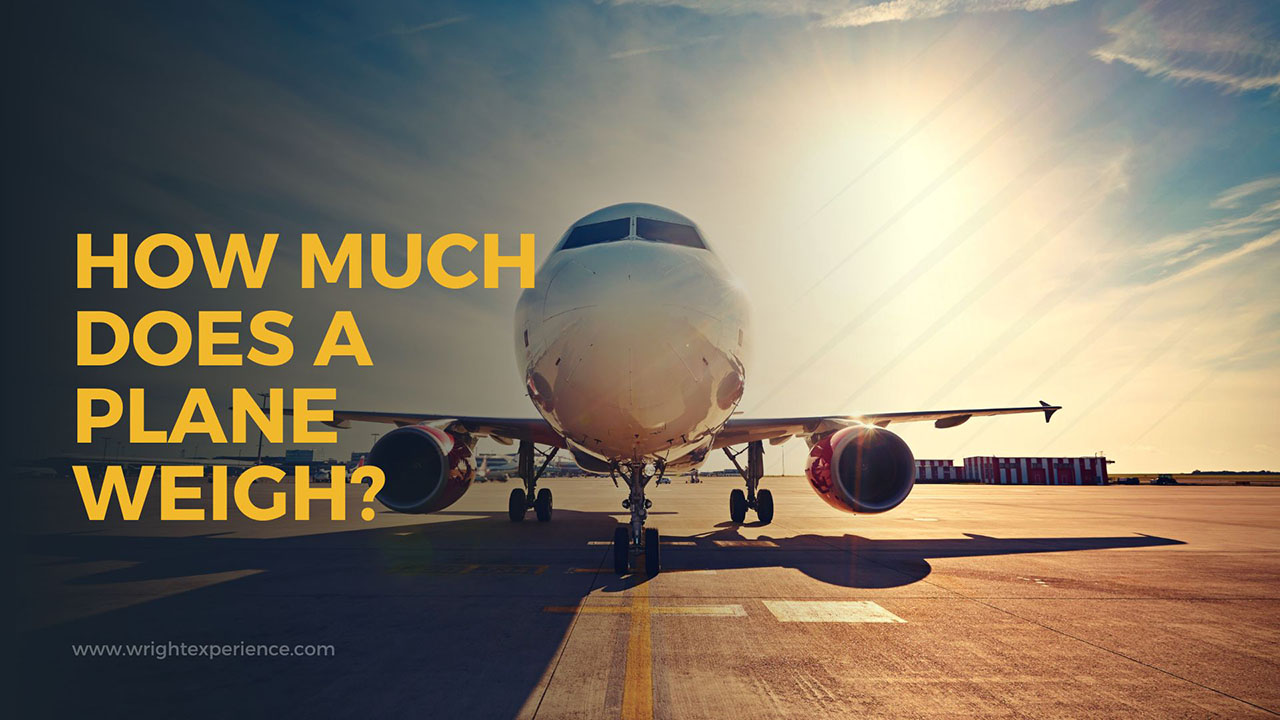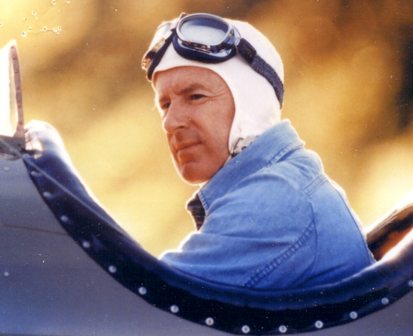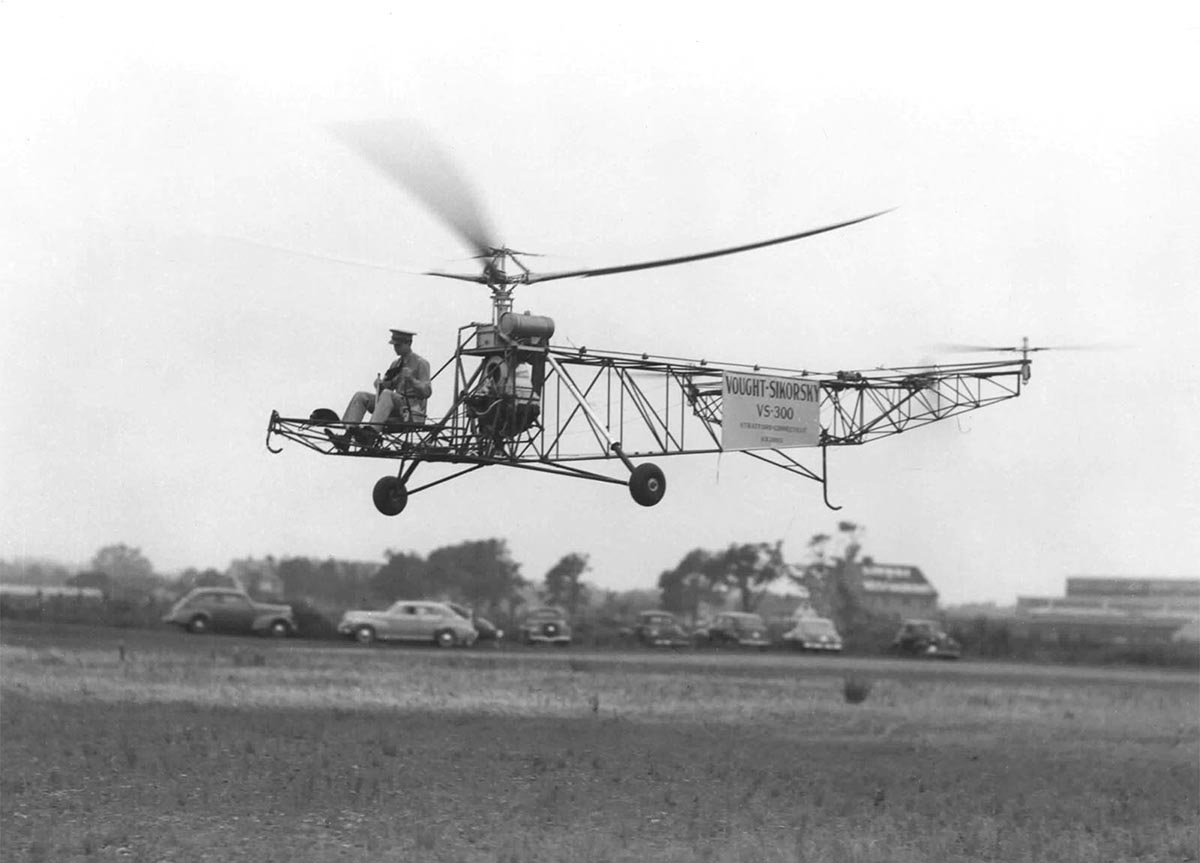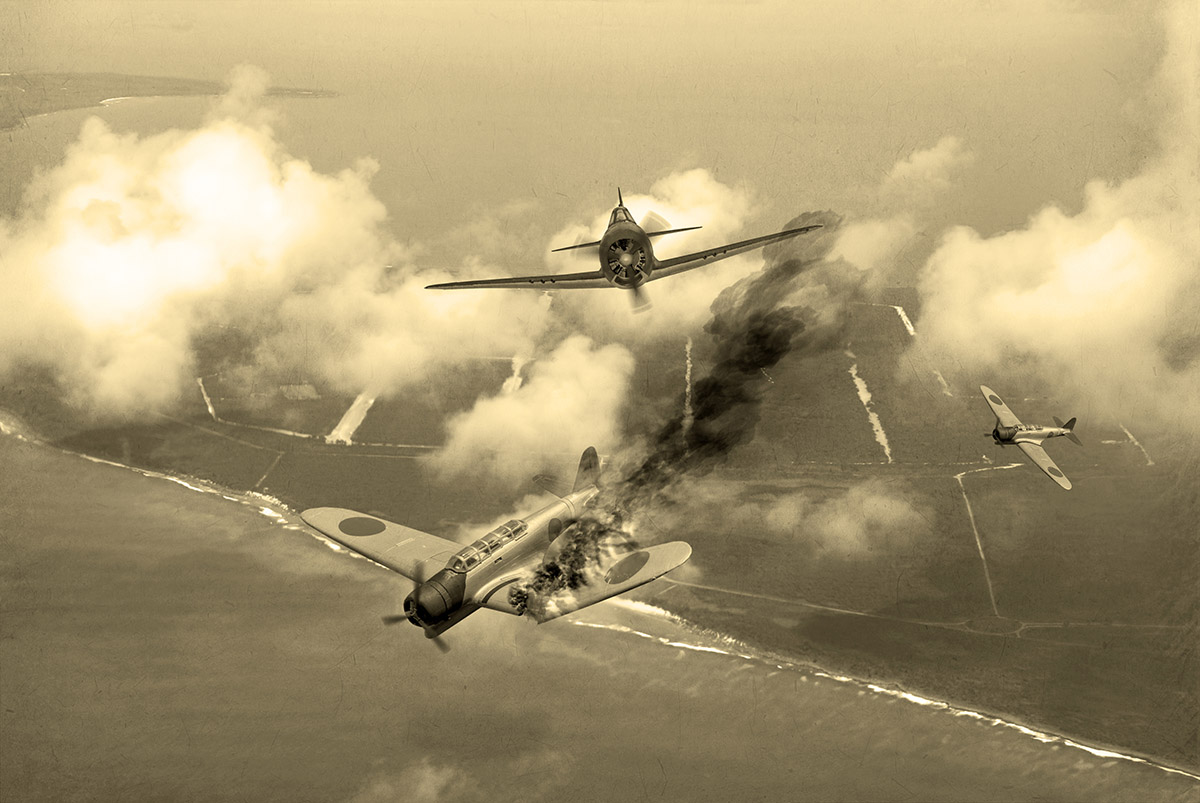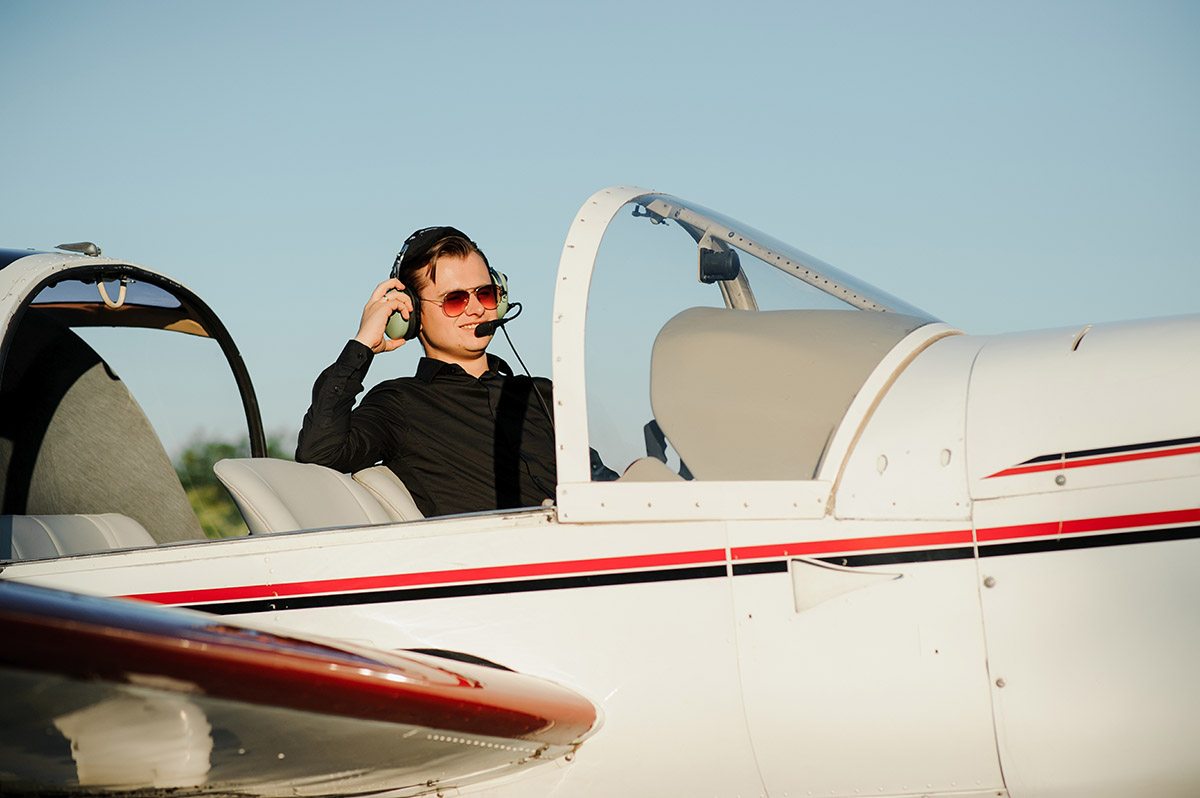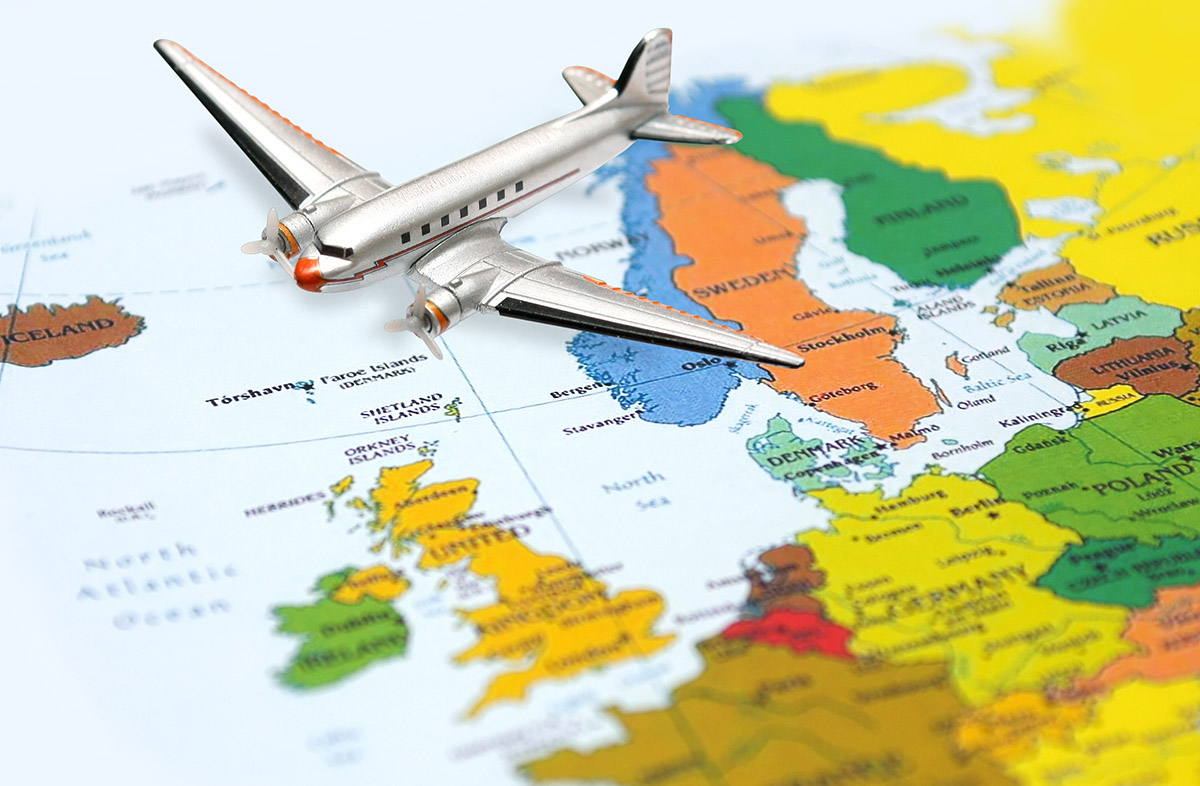Most of us have little concept of what the aircraft weight is. Photos alone make it tough to gauge the true size, let alone the weight, of these aerial giants.
But in aviation, an airplane’s weight matters immensely. Read on to learn what weights mean here and how we should appreciate the extreme differences.
In this article:
The Different Terms For Airplane Weight
There isn’t just a single weight specification for an aircraft. Instead, several types of weight are important for the designers who build these flying machines and the operators who fly them. They apply to both commercial aircraft and military airplanes.
Manufacturer’s Empty Weight (MEW)
This is the aircraft’s weight as it rolls off the production line of the aircraft manufacturer with no passengers, cargo, or even fuel weight. It’s the baseline that includes only the plane’s structure, engines, and all the installed equipment.
Operating Empty Weight (OEW)
This combined weight includes the MEW plus the crew, fluids, and onboard equipment needed for flight. It’s the weight of the plane before any passengers or cargo are added. OEW helps determine how much payload (passengers and cargo) they can safely add.
Maximum Takeoff Weight (MTOW)
It’s pretty much what it sounds like: the maximum weight at which the aircraft is allowed to take off. This includes everything: the airplane, passengers, crew, cargo, and fuel. Exceeding the MTOW isn’t just not unsafe but also illegal.
Aircraft Gross Weight
This term refers to the weight of the airplane at any given moment during a flight. It changes constantly as fuel is burned. Monitoring this weight is an important job for pilots, especially for making in-flight decisions related to fuel management and handling the aircraft.
Maximum Landing Weight (MLW)
MLW is the maximum weight an aircraft can have when it lands. It’s usually less than the MTOW to guarantee a safe landing. Excess weight can put too much stress on the landing gear and make stopping the aircraft more challenging.
How Heavy Are Airplanes?
There isn’t a single answer; the weight of an airplane varies greatly depending on its type. They can be anything between 2,000 pounds and above 800,000 pounds. That is why regulators like the FAA categorize aircraft into weight classes using maximum takeoff weights. That is the only weight specification we’re going to discuss from now on.
Small Aircrafts
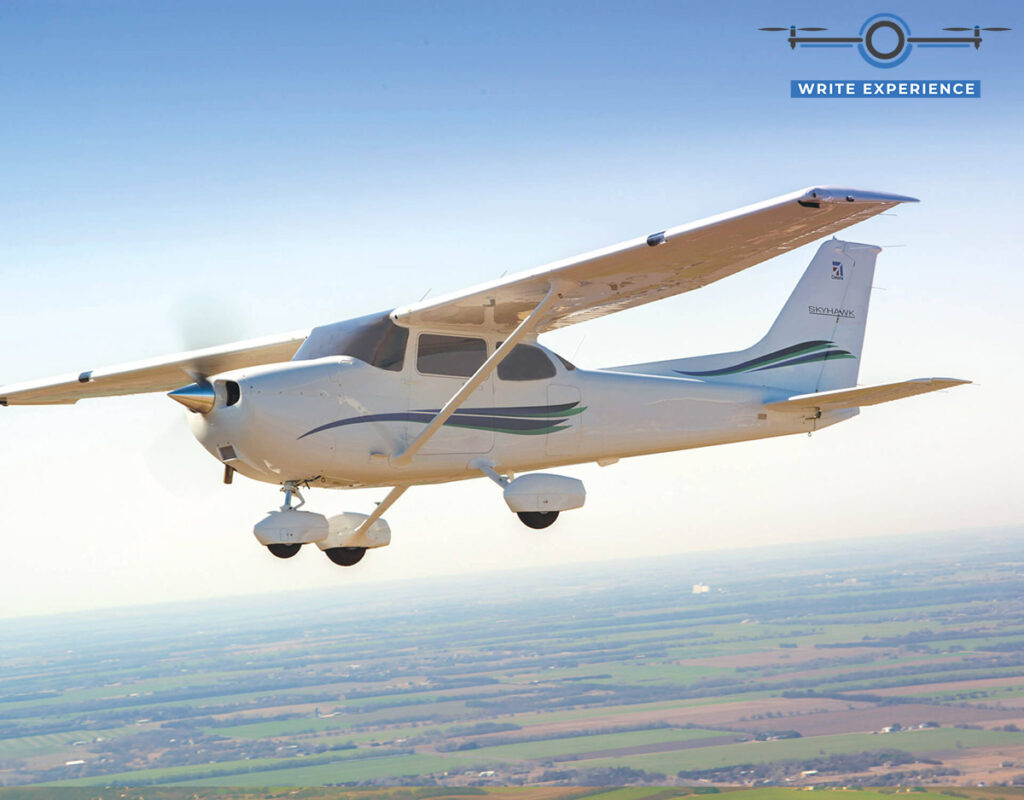
These are the smaller birds in the sky, with an MTOW of 12,500 pounds or less. These planes usually have simpler designs and configurations and are often used for personal, business, or short-haul transportation.
Light aircraft are known for their versatility. They can fly into smaller airports and be more cost-effective to operate and maintain. Many popular single-engine models have average weights of just around 2,000-4,000 pounds.
Here are some common planes of this class and their largest maximum takeoff weights:
- Cessna 172 Skyhawk (popular single-engine model): 2,550 lb
- Beechcraft Bonanza (a high-performance single-engine): 3,805 lb
- Cirrus SR22 (a modern single-engine with advanced avionics): 3,400 lb
- Piper PA-28 Cherokee (single-engine, good for short trips): 2,150 lb
- Diamond DA40 Diamond Star (a single-engine with a distinctive design): 2,535 lb
Medium Aircrafts
The FAA defines them with an MTOW between 12,500 and 41,000 pounds. They’re built with more advanced tech compared to the lighter class, with better avionics, beefier engines, and roomier cabins.
In this weight range, the planes aren’t your small hop-in-and-go vehicles, nor are they the massive airliners. Medium aircraft hit the sweet spot for short to medium-haul flights, offering more comfort for passengers and more room for cargo.
Examples of medium aircraft and their maximum weights:
- Learjet 35 (super successful business jet): 18,000 lb
- EMB 120 (twin-turboprop commuter airliner): 25,353 lb
- Beechcraft King Air 350ER (reliable twin-turboprop): 16,500 lb
Large Aircrafts
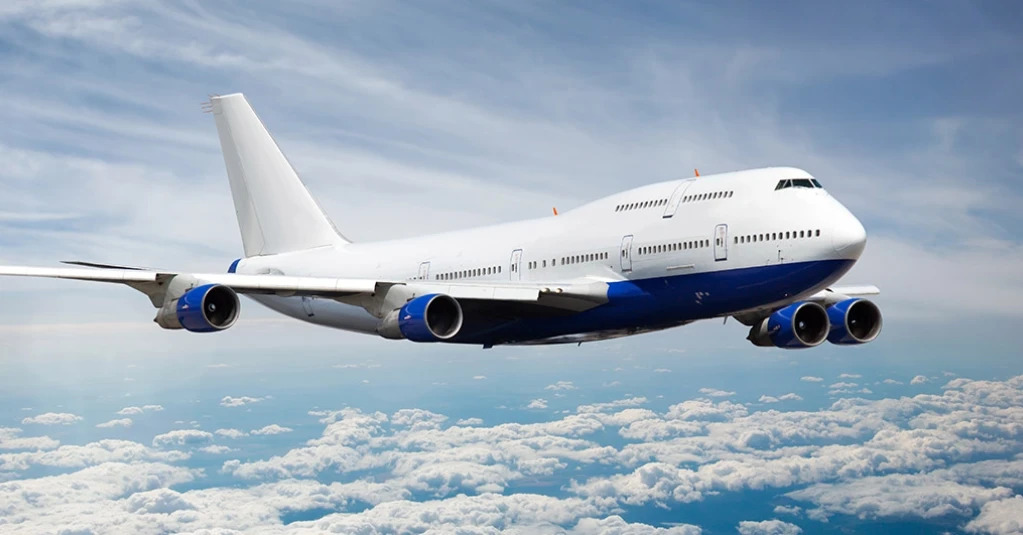
The FAA breaks large aircraft into two separate categories: jets and non-jets. They all share a common trait – an MTOW between 41,000 and below 300,000 pounds.
Large aircraft feature widebodies with twin aisles, four engines, and complex high-lift wing designs. Materials like advanced alloys, composites, and titanium provide strength at lower weight. Lavish interiors or expansive cargo decks also help maximize payload capacity.
Some examples of large aircraft and their largest MTOWs:
- Boeing 737-900 (twin-engine): 187,700 lb
- Airbus A320 (twin-engine): 172,000 lb
- Lockheed C-130 Hercules (tactic military cargo plane): 155,000 lb
- Yakovlev Yak-42 (three turbofan engines): 126,766 lb
- Tupolev Tu-204 (twin-engine airliner): 238,000 lb
- Boeing 727-200 (tri-jet airliner): 209,500 lb
- Bombardier CRJ-1000 (regional jets): 91,800 lb
Heavy Aircrafts
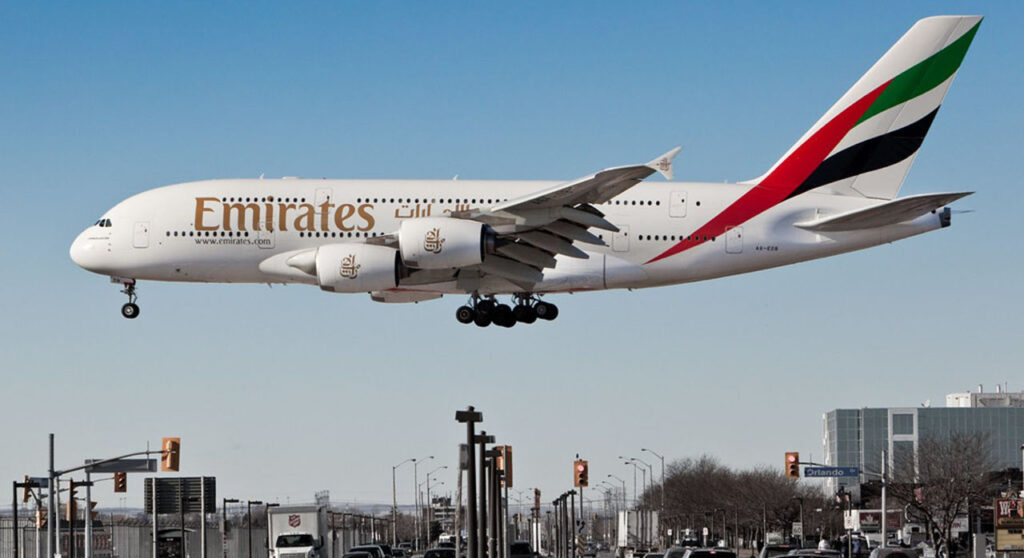
Under the FAA’s regulation, anything exceeding 300,000 pounds is a heavy aircraft, with heavy jets measuring up to 775,000 pounds or more. Commercial planes will be categorized as either large or heavy, as their weight spans from 110,000 to 775,000 pounds.
These giants embody cutting-edge design and advanced engineering to serve various crucial functions like hauling vast cargo between continents. No other planes can replace them in global logistics and strategic military operations.
Examples of heavy airplanes and their maximum takeoff weights:
- Boeing 757 (narrow-body for short and mid-range flights): 273,000 lb
- Concorde (supersonic passenger jet): 408,010 lb
- Lockheed C-5 Galaxy (biggest dedicated cargo aircraft for the U.S. military): 840,000 lb
- Boeing 747 (the original “Jumbo Jet”): 987,000 lb
- Airbus A380 (world’s largest passenger airliner): 1,267,658 lb
- Antonov An-225 Mriya (the heaviest aircraft ever built): 1,410,958 lb
Frequently Asked Questions
Can Aircraft Weights Affect Flight Range?
Absolutely. Heavier planes need more fuel to stay airborne, and this can limit their range. Lighter planes, on the other hand, tend to have longer ranges since they’re more fuel-efficient.
What Is the Weight of Popular Fighter Jets?
It can vary quite a bit depending on the model and its loadout. For example, the MTOW of the F-16 Fighting Falcon is 42,300 pounds, while the typical weight of a F-22 Raptor is about 43,340 pounds without fuel or armaments and has an MTOW of 83,500 pounds.
Are There Any Other Weight Standards Besides The FAA’s?
Yes, the International Civil Aviation Organization (ICAO) also has its own classes of planes. They are recognized globally and help standardize commercial airplane operations and safety procedures worldwide.
How to Weigh Planes Without Scales?
People typically use large weighing platforms(with load cells) designed for aircraft. To weigh an airplane without scales, you can also use calculations based on known weights (such as the aircraft’s empty weight plus the weight of fuel, cargo, and passengers) to guess the total weight.
Conclusion
While appearance doesn’t reveal much, peeking at the scales shows how tremendously those machines can be. Regardless, matching the weight to its mission is what is actually important. This matchup helps create the fleet that keeps our world connected while keeping the cost down.
View more: Top 10 Biggest Planes In The World Ever

